From the Boston Museum of Fine Arts:
(“We’re raising our membership prices on July 1 so we can continue to make art accessible for all.”)
So a middle-class family that wants to visit the museum regularly and not pay $50 per visit (two adults) will find art more accessible when annual membership is more expensive!
Separately, if you ever need someone to run an Ebola clinic, the MFA should be the first recruiting stop. We visited on February 19, 2021 and they’d set up a quarantine tent outside the front door. About six people were employed to check the handful of visitors to make sure that they had reservations, that they answered a bunch of COVID-19 symptom questions, that their temperature was checked, and that they donned orange wristbands to show that the screening process had been accomplished and they couldn’t somehow slip into the building without first going through the quarantine tent.
Once inside, the vast spaces had a post-apocalyptic empty feeling.
The white say-gooders who run the museum delegated curatorial responsibility to high school students (of color?):
An allegory of #Science crushing coronavirus via masks and shutdown:
And let’s not forget that closing the drinking fountains will keep us all safe:
If you’re not too dehydrated from the closed drinking fountains to need to use the restroom, the good news is that the Women’s room is for those who “self-identify” as “Women”:
A thoughtful technocrat determined a COVID-safe capacity for each gallery in which masked (a bandana was fine as PPE) visitors might congregate:
Directional stickers on the floor would, if followed, prevent people from passing each other while moving from room to room.
During a post-museum lunch stop, we were reminded that the same government that uses #Science to protect us all from COVID-19 will also buy us an unlimited supply of opioids as a means of treating our opioid addiction:
Although we’re members and returning to the museum would be free, we haven’t gone back. The constant COVID-19 messaging, the emptiness, and the screening procedures more elaborate than what local hospitals use for visitors made it an overly clinical experience.
Related:
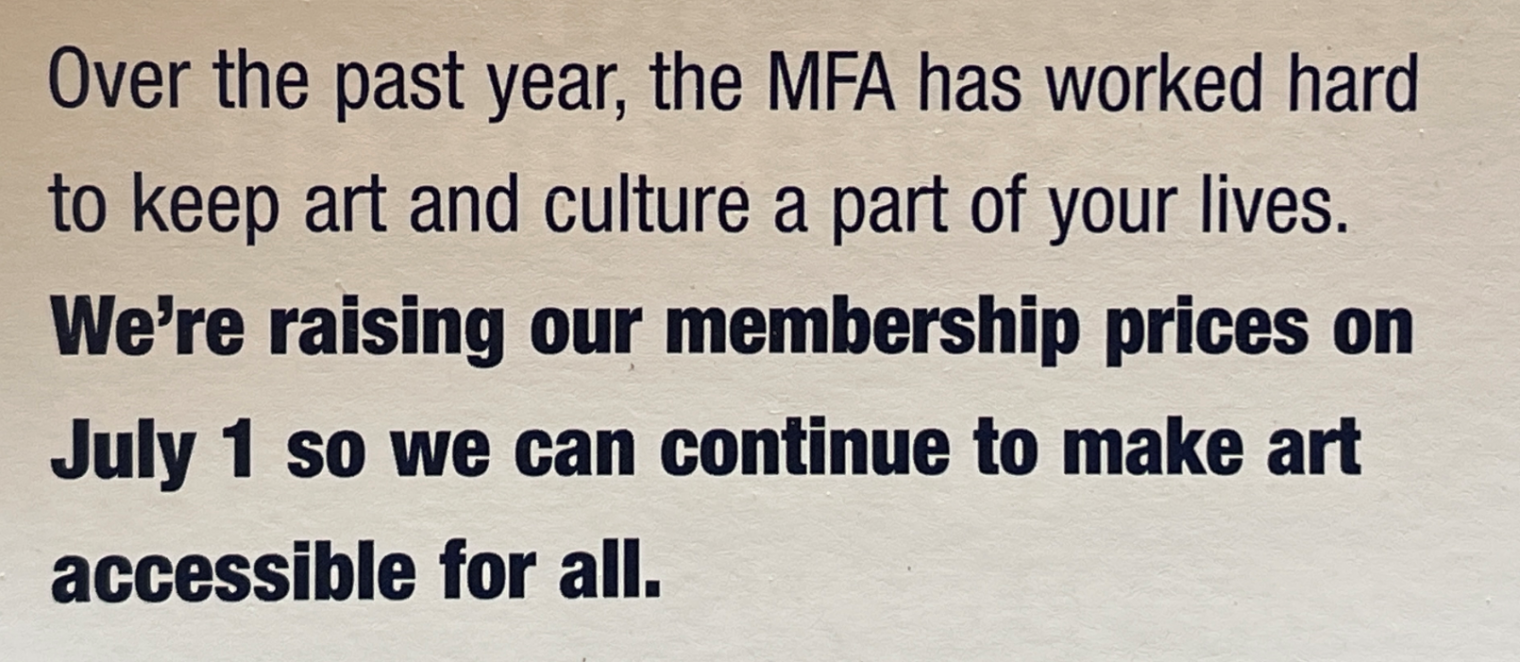
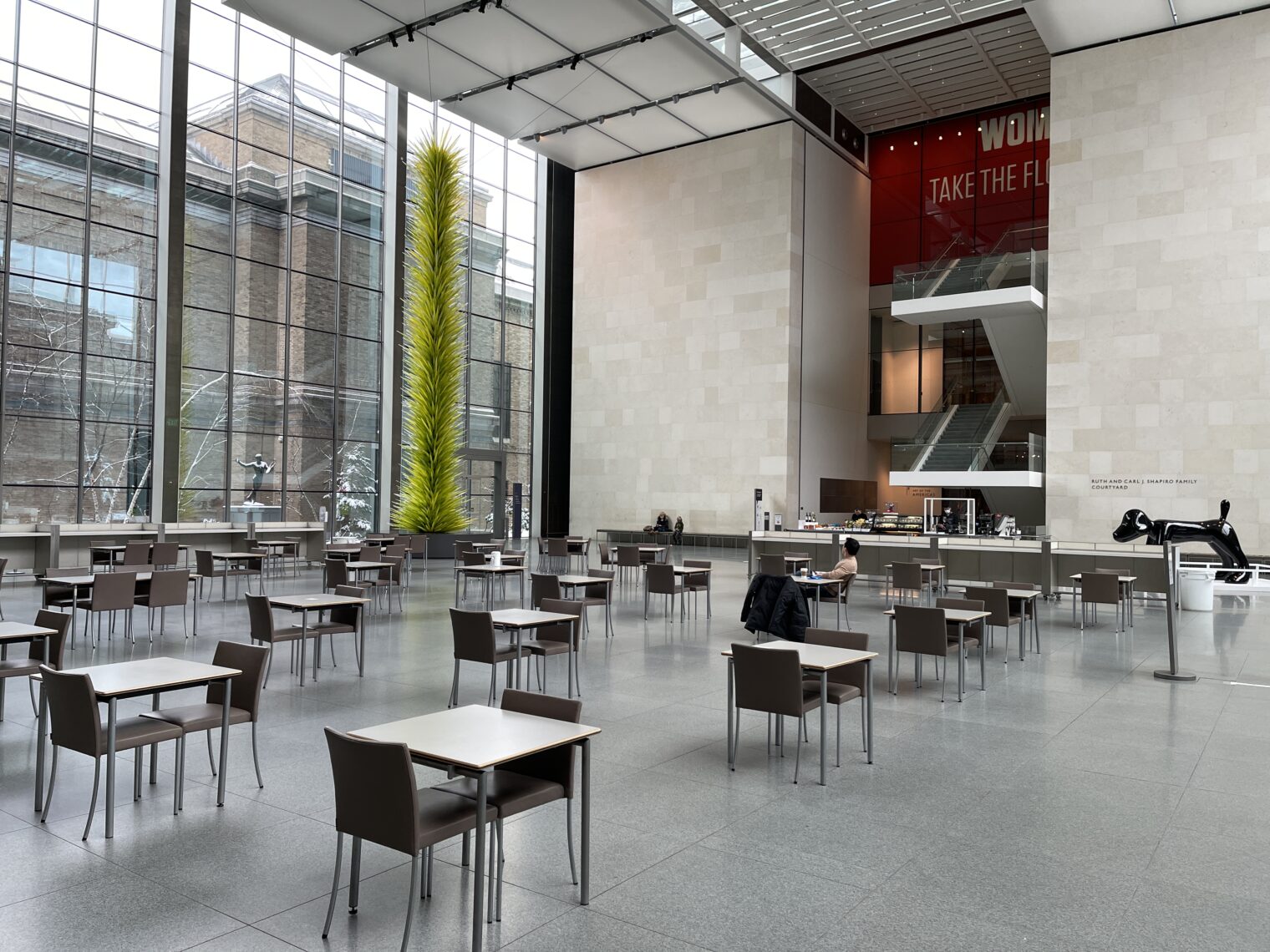
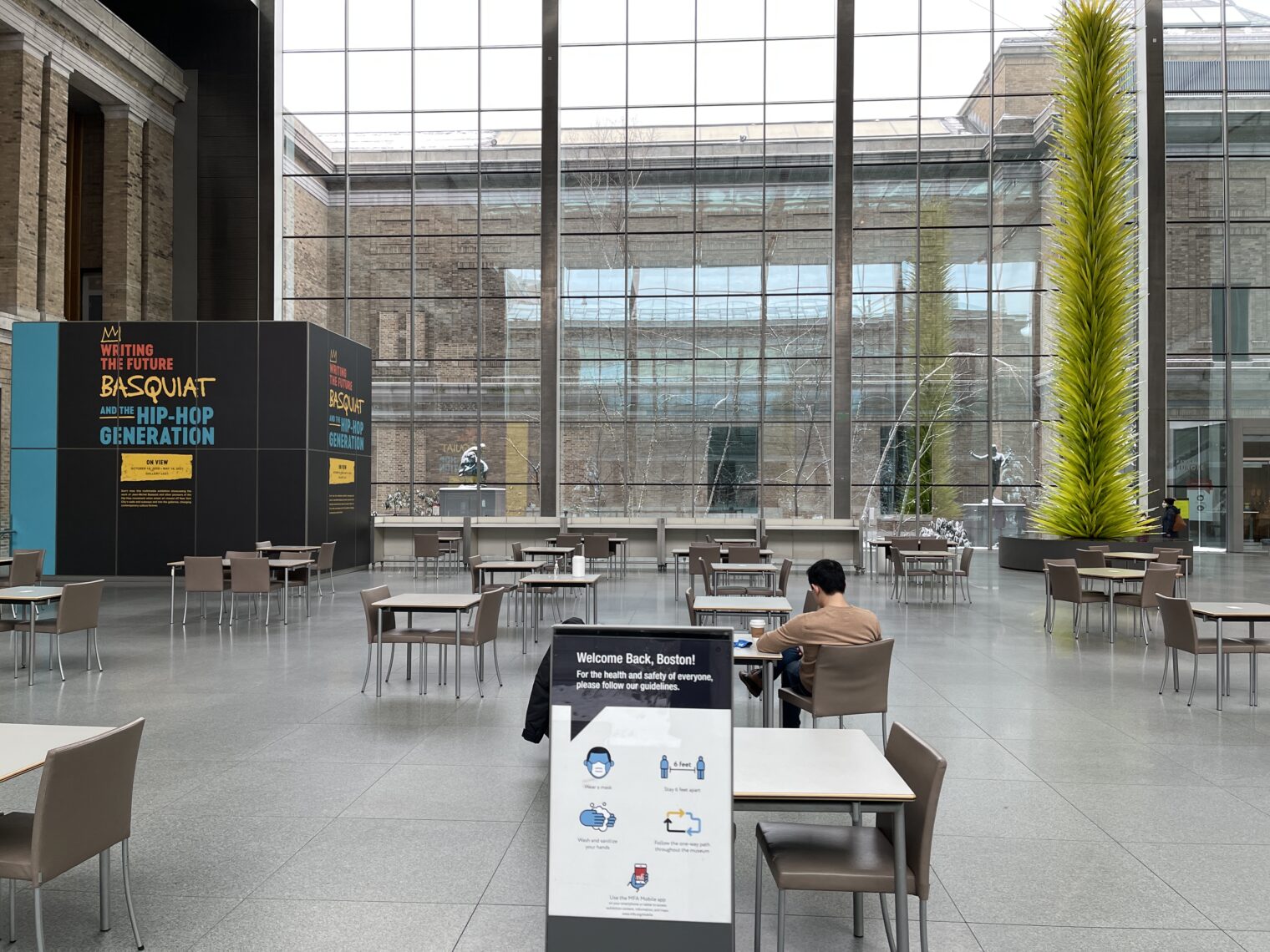
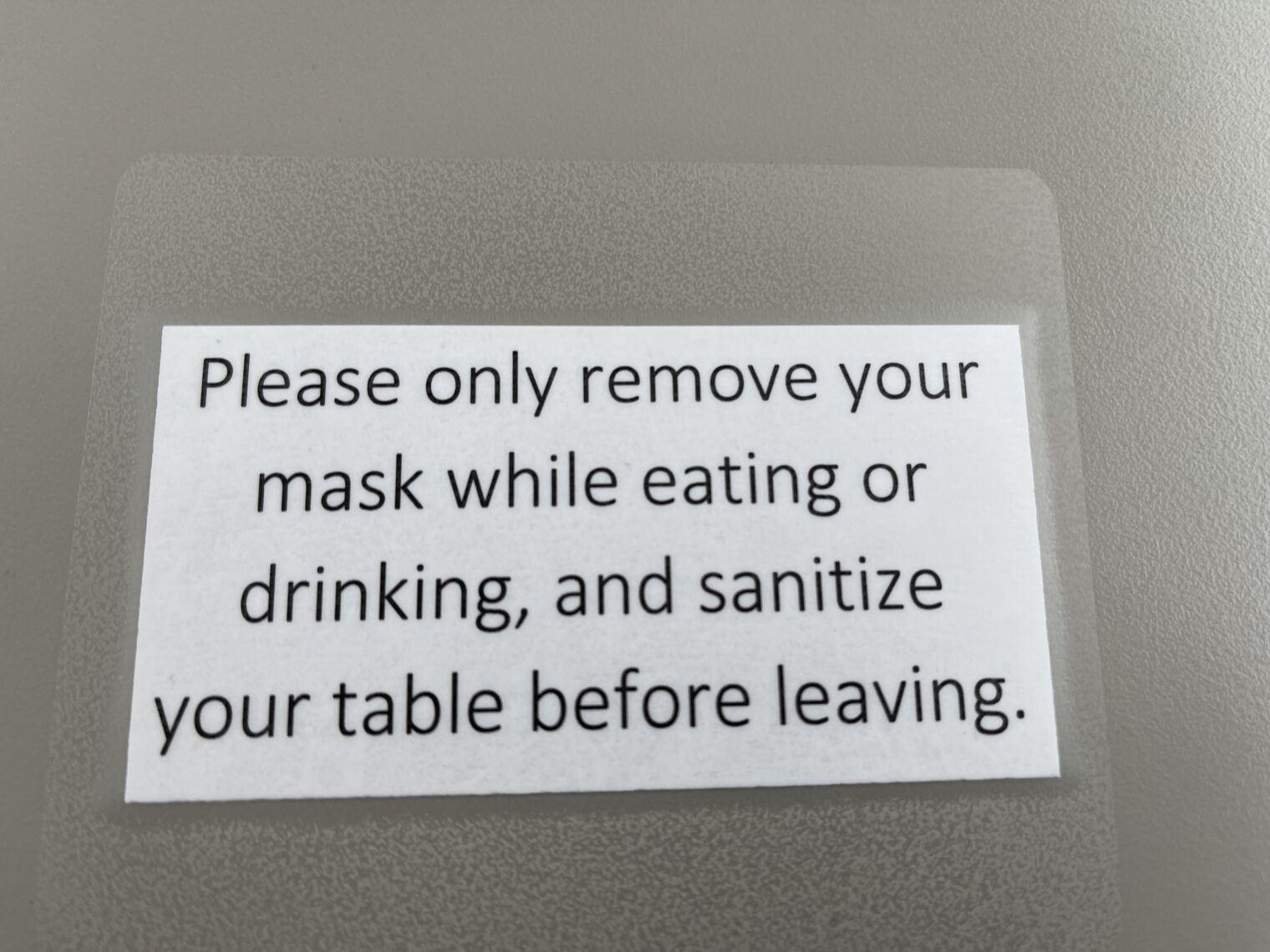
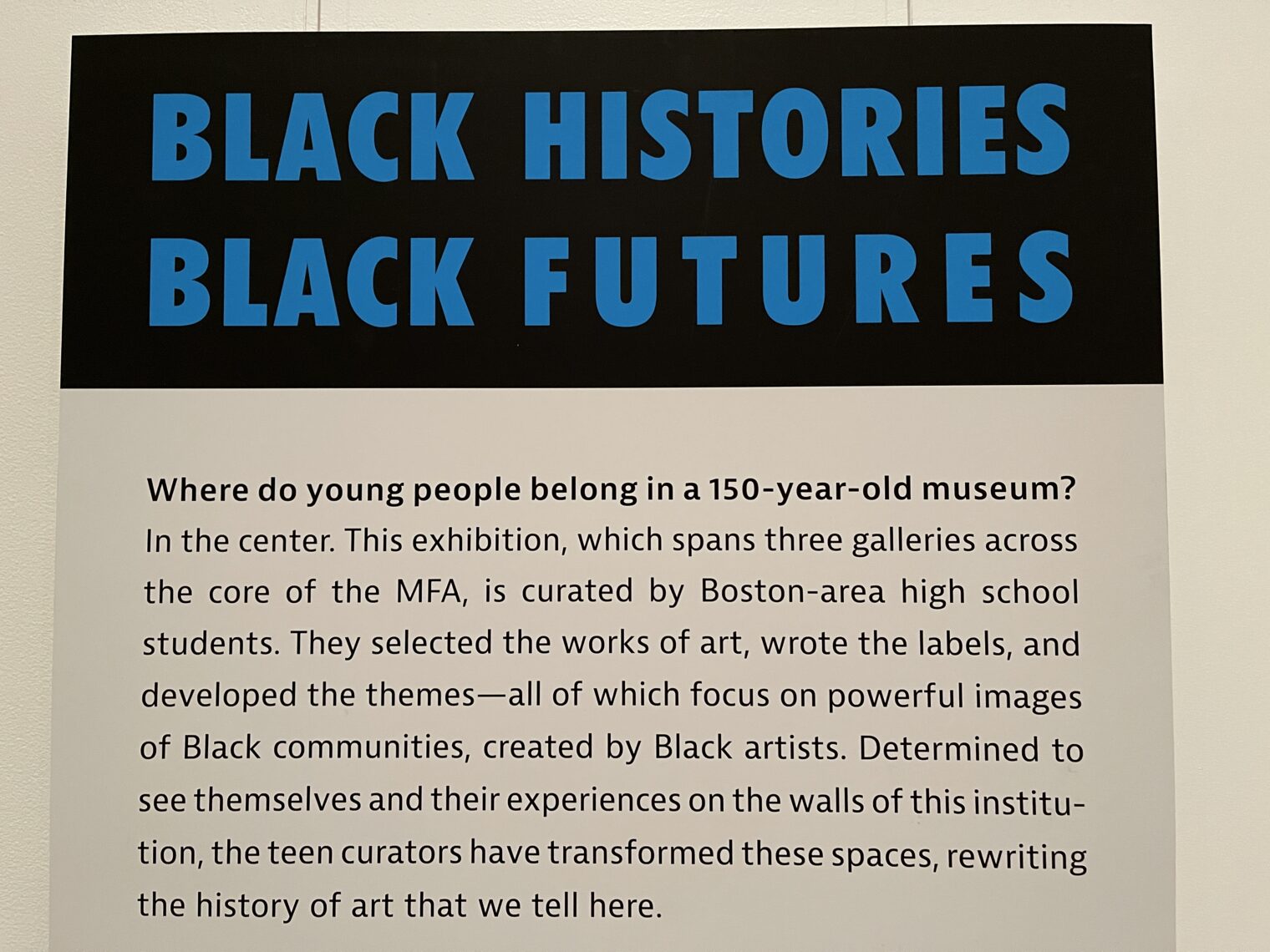

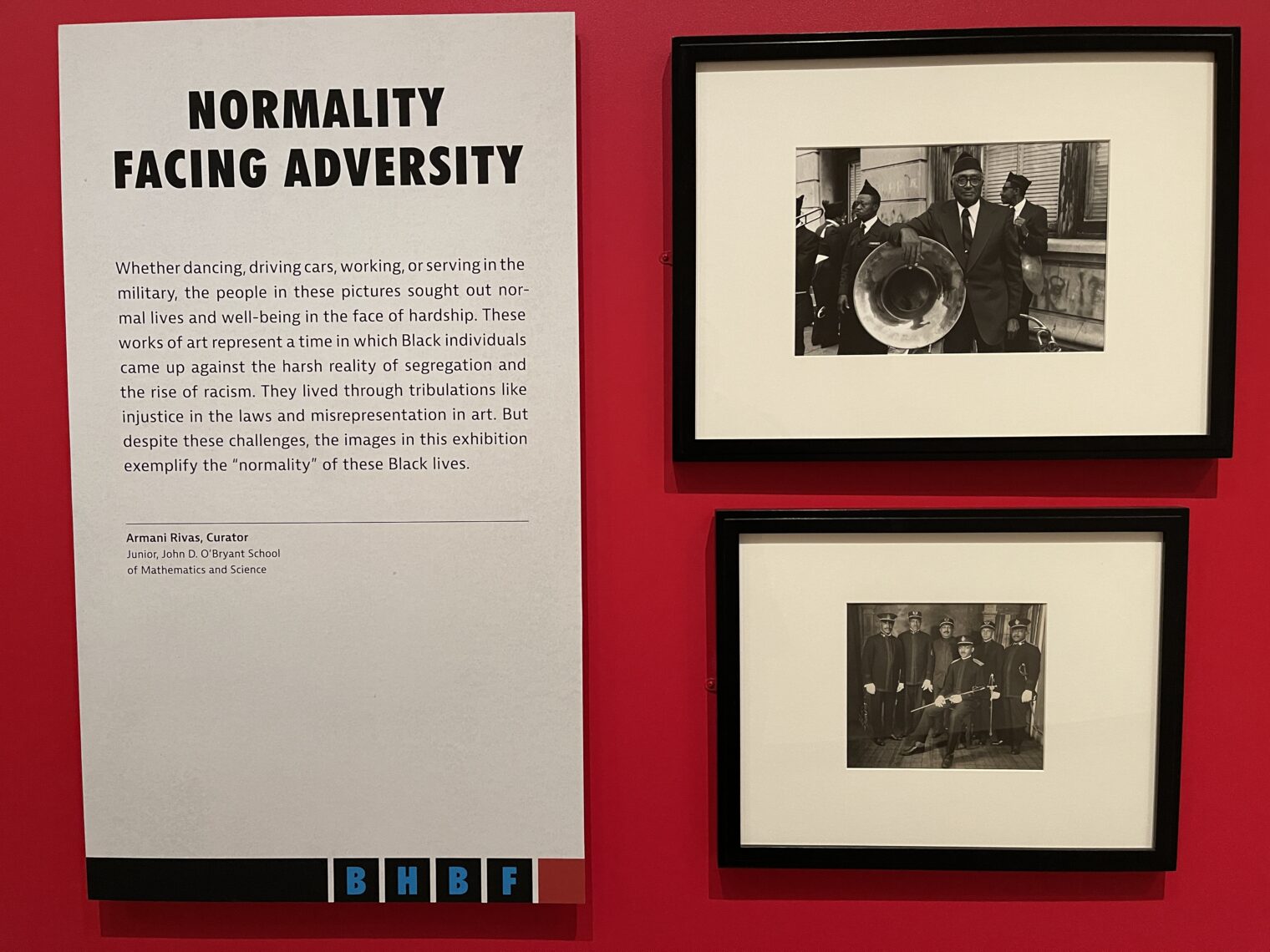
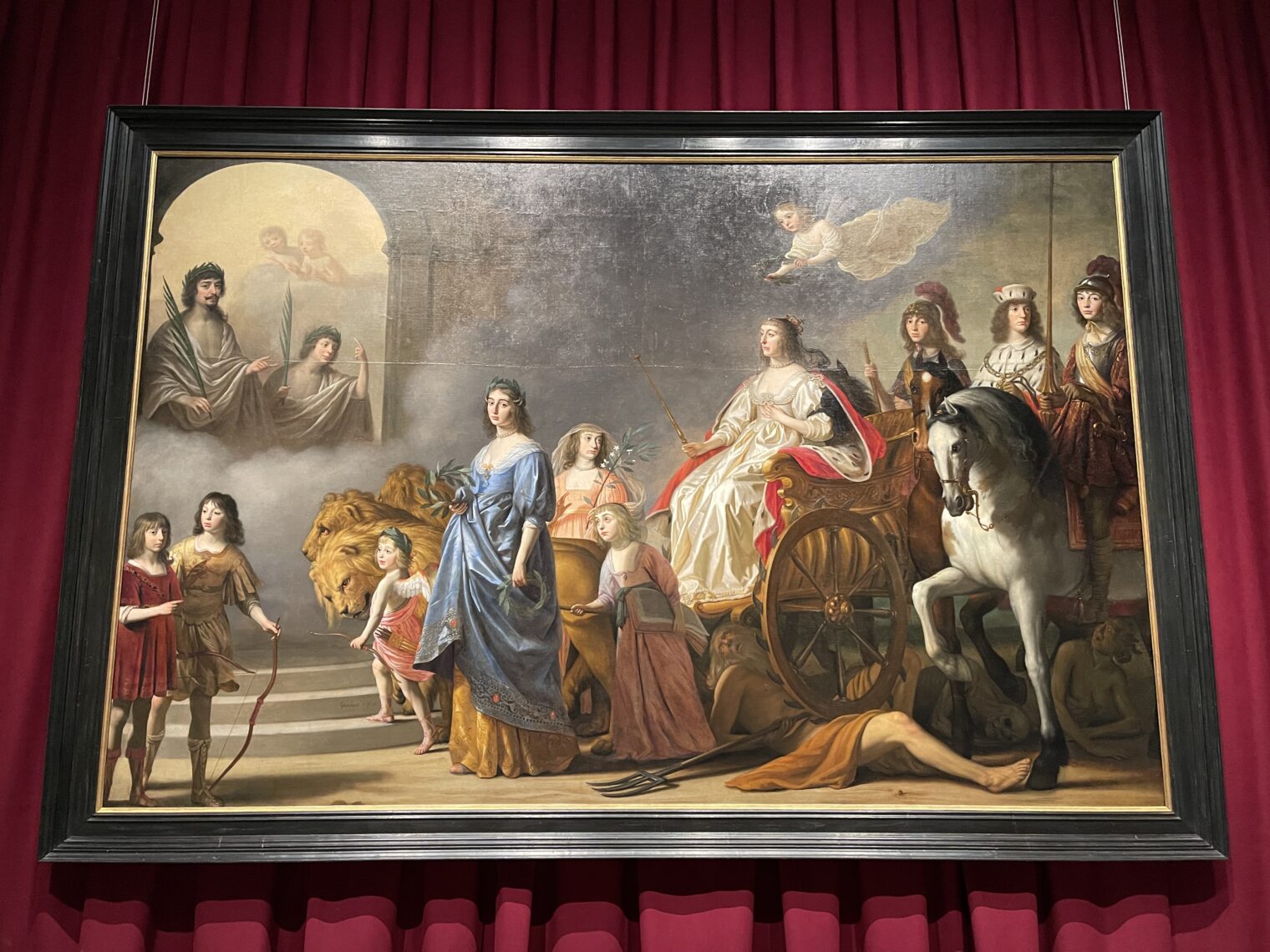
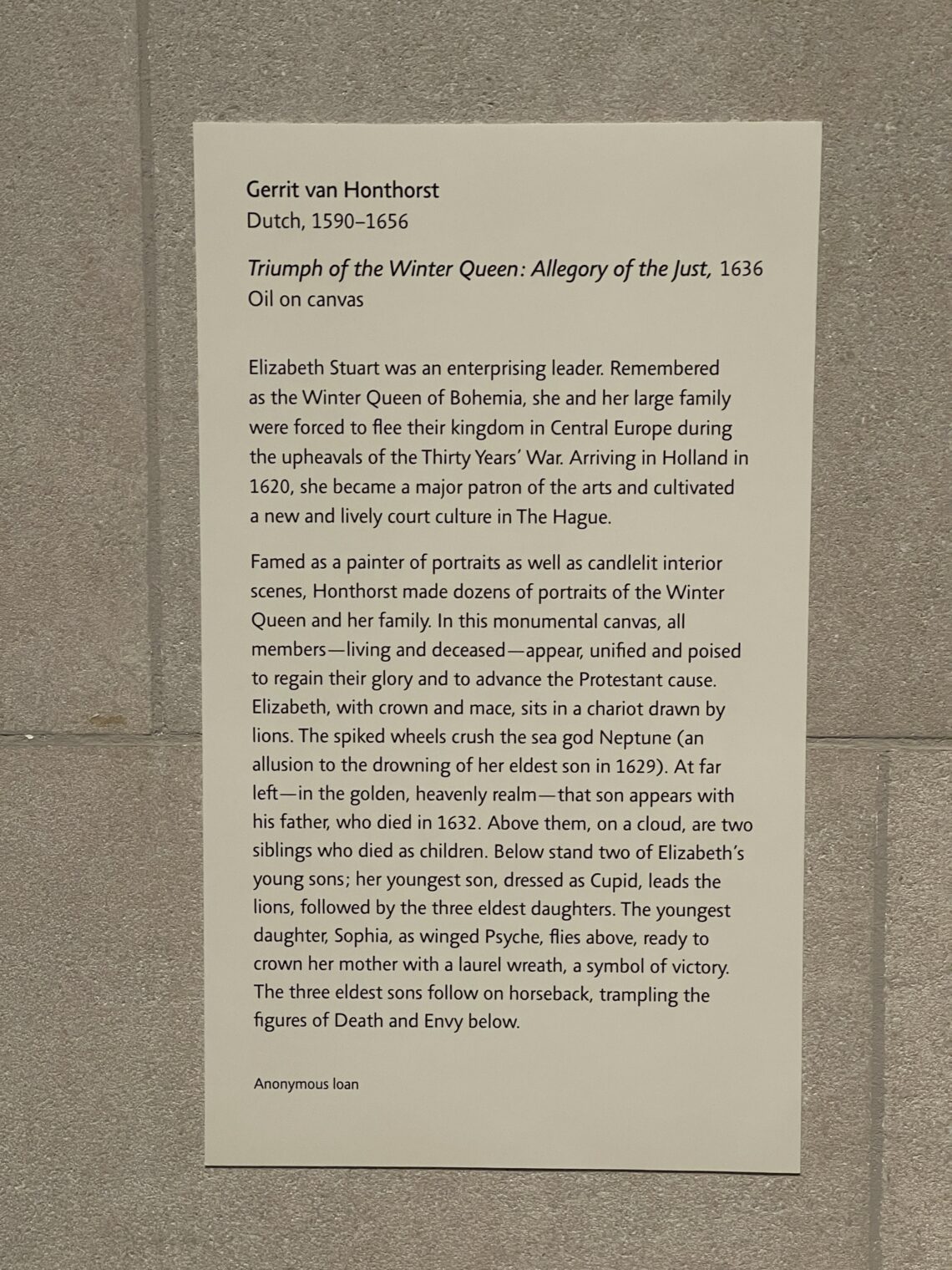
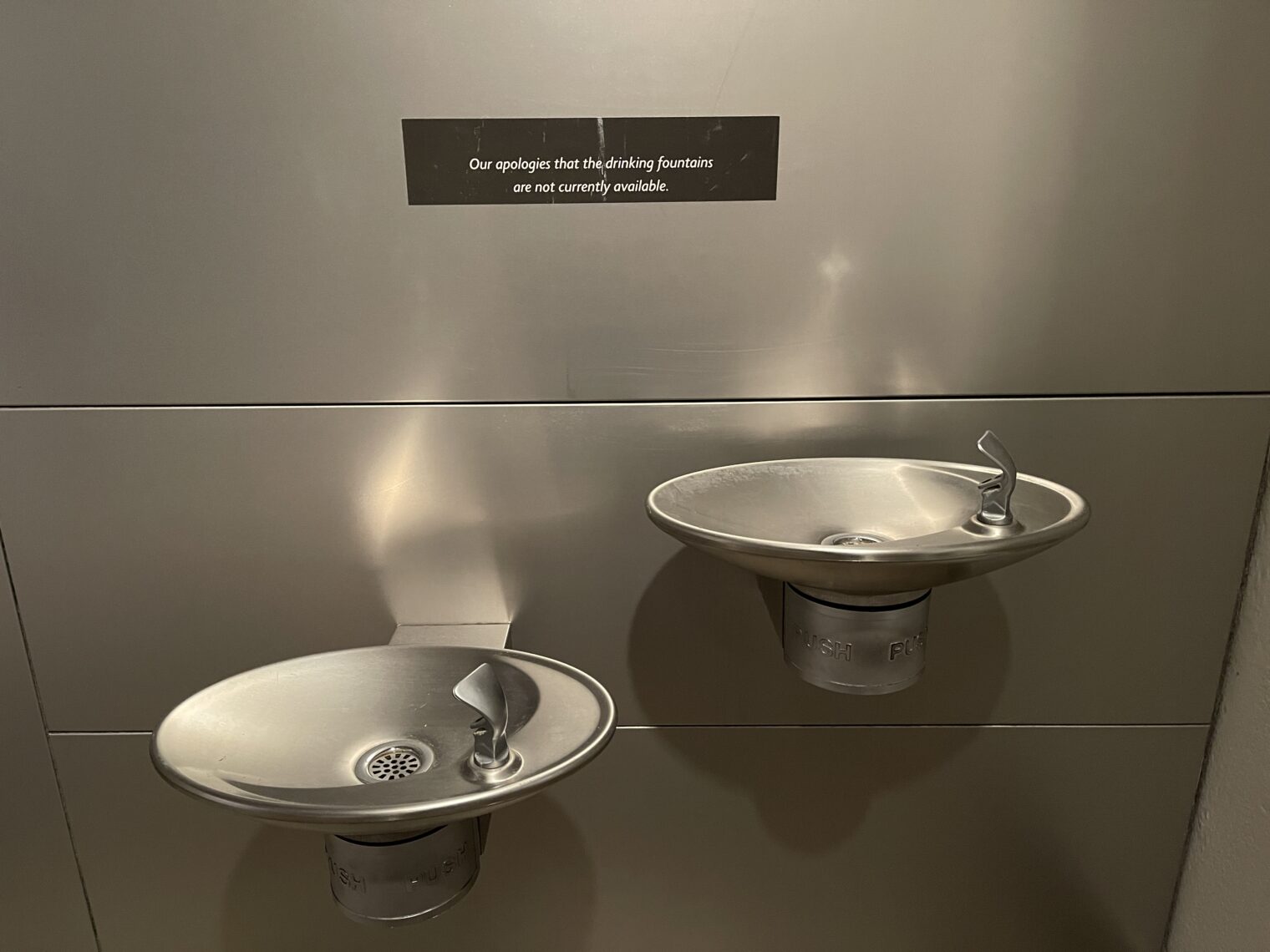
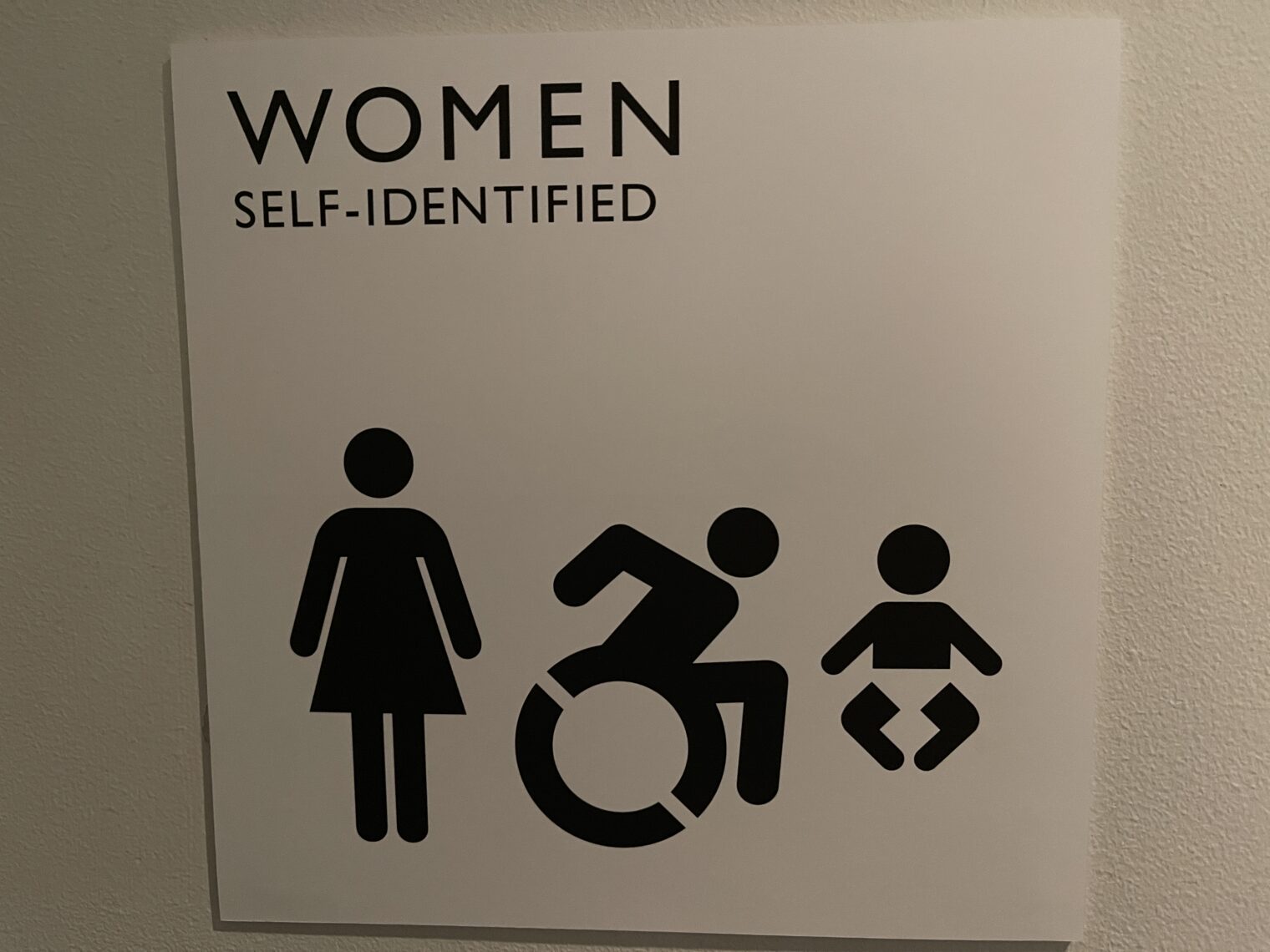


The fed balance sheet went up $100 billion in the last month, so everyone wants their cut. Don’t forget, “the inflation is only temporary”, according to the government. The blog commenter union is going to demand higher wages too.
I don’t understand the point of these Covid checkpoint tents (we have them in Europe, too). One would think that these tents are prime disease spreading locations. Would anyone set up Ebola checkpoint tents?
The tents are examples of modern sacral architecture similar to the ancient ziggurats or rather the portable Japanese mikoshi.
How much are they raising the membership fee? Is raising it by a “reasonable” amount really going to keep people from being members? Having a museum membership seems like something “rich people do”.
Are they raising the regular entrance fee? If they need to increase fees (unknown), maybe, they’d have fewer visitors raising the regular entrance fee over the membership fee?
Some museums let people go in for free (though, they might make it a bit embarrassing).
Maybe, it’s a case of letting rich people subsidize less-rich people.
> Maybe, it’s a case of letting rich people subsidize less-rich people.
This is what I think it is. I’m sure there are subsidies for those who need them, so the increased fee goes to fund this.
Tax the rich! Bernie Sanders agrees with the MFA. I don’t have him a photoshopped chair there, we’ve seen enough.
Once all the tax changes go through, will there be a net loss in private philanthropy that helps keep basic admissions costs low on museums like the MFA? If Elizabeth Warren and Bernie Sanders take a few million more out of rich people’s money, do they intend to just redistribute it themselves according to their own “government philanthropy” formulae?
“More accessible” in leftist lingo means more freebies to their pet groups. You, working American, is expected to pay for their woke “charity” so they can feel good about themselves.
In a former life, I’m a graduate of SMFA [1], not to be confused with MFA [2] so I have some weight into this topic.
MFA members fall into 2 category: (a) rich elites so they show off and rub elbow with other rich elites and show that they are helping the community, and (b) median families who are starting a family and want to expose their kids to the arts and science (they are also a member of MoS [3]) thinking early start and repeated exposure will benefit their kids development.
Group (a) will stay members for life and will subscribe to the most expansive program while group (b) will take the cheapest program and are families that come and go. Group (b) may think they are saving money or doing good to their kids, but the reality is that after several trips to the MFA or any other museums, it will soon run out of flavor because you will see all that there is to see and talk about. Not only that, when they have special exhibits, your membership doesn’t always cover the extra fee or all your family members — the cost benefit is not worth it.
Now back to Phili’s quote that he took off MFA’s posting “We’re raising our membership prices on July 1 so we can continue to make art accessible for all.” We all know this is just a marketing ploy all businesses do and we are seeing it across everything else. Things are getting expansive across the board and we are paying for them directly or indirectly. When companies cannot increase the price, they are cutting down on the portions. When they cannot cut down on the portion, they lump extras into the product where the extra cost almost noting and then justify the price increase. When they cannot cut the price or the portion size, they cut services or make you suffer if you need one.
[1] SMFA: https://smfa.tufts.edu/
[2] MFA: https://www.mfa.org/
[3] MoS: https://www.mos.org/